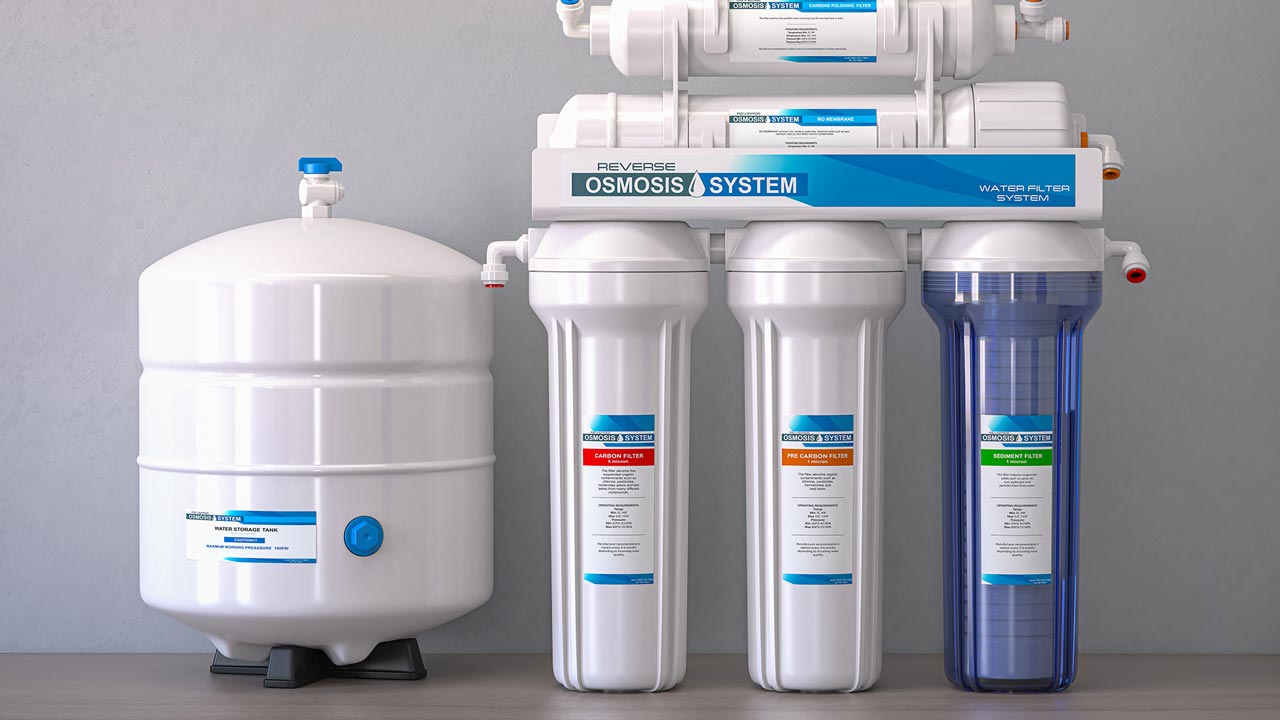Water is essential to life, but not all water is created equal. While our planet is rich in water, much of it is either too salty, contaminated, or otherwise unsuitable for drinking. This is where reverse osmosis (RO) steps in—a technology that has revolutionized the way we purify water. But what exactly is reverse osmosis, and how does it work? Let’s dive into the fascinating world of RO and uncover the science behind one of the most effective water purification methods available today.
What is Reverse Osmosis?
Reverse osmosis is a water purification process that removes contaminants from water by forcing it through a semi-permeable membrane. This membrane acts as a barrier, allowing only water molecules to pass through while blocking impurities like salts, bacteria, viruses, and other harmful substances. The result is clean, fresh water that’s safe to drink, cook with, and use in a variety of applications.
The concept of reverse osmosis might sound complex, but it’s based on a simple principle: the natural process of osmosis. Osmosis is how plants absorb water through their roots and how our cells balance water and nutrients. In osmosis, water naturally flows from an area of low solute concentration (think less salty or contaminated) to an area of high solute concentration (more salty or contaminated) through a semi-permeable membrane. This process aims to equalize the concentration of solutes on both sides of the membrane.
Reverse osmosis, as the name suggests, flips this process. Instead of letting water flow naturally, RO applies external pressure to push water from an area of high solute concentration to low solute concentration, effectively “reversing” the natural flow. This pressure forces the water through the semi-permeable membrane, leaving the contaminants behind.
The Science Behind Reverse Osmosis
To understand reverse osmosis, let’s break down the process step by step:
-
Pre-Treatment: Before water enters the RO system, it undergoes pre-treatment to remove large particles like sediment, chlorine, and organic materials. This step protects the delicate RO membrane from clogging or damage.
-
High-Pressure Pump: Once pre-treated, water is pressurized by a high-pressure pump. This pressure is crucial because it’s what drives the water molecules through the semi-permeable membrane. The amount of pressure required depends on the concentration of solutes in the water; more contaminated water requires higher pressure.
-
The RO Membrane: The heart of the system is the semi-permeable membrane. This membrane has tiny pores—so small that only water molecules can pass through. Larger molecules, including dissolved salts, bacteria, and other impurities, are too big to fit through these pores and are left behind.
-
Post-Treatment: The water that passes through the membrane is now nearly pure, but it may undergo further treatment to adjust its pH or to add essential minerals back for taste and health benefits.
-
Waste Water: Not all water makes it through the membrane. The remaining water, containing concentrated impurities, is expelled as waste or brine. This waste water is a byproduct of the RO process and must be properly managed.
Applications of Reverse Osmosis
Reverse osmosis is used in a wide range of applications, from small household water filters to large-scale industrial operations. Here are some of the most common uses:
-
Drinking Water: Home RO systems provide families with clean, safe drinking water by removing contaminants like lead, arsenic, fluoride, and chlorine.
-
Desalination: RO is widely used in desalination plants, where it converts seawater into fresh, potable water—a critical resource for regions with limited freshwater supplies.
-
Industrial Processes: In industries like pharmaceuticals, food and beverage, and electronics, RO ensures that water used in production is ultra-pure and free from impurities that could compromise product quality.
-
Waste Water Treatment: RO is also used to treat industrial and municipal waste water, helping to recover clean water and reduce environmental impact.
The Benefits of Reverse Osmosis
Reverse osmosis offers several key benefits:
-
High-Quality Water: RO provides some of the purest water possible, effectively removing up to 99% of contaminants.
-
Versatility: RO systems can purify a wide range of water types, including brackish water, seawater, and even waste water.
-
Sustainability: By converting waste water into reusable water, RO helps conserve resources and reduce environmental pollution.
Challenges and Considerations
While reverse osmosis is highly effective, it’s not without challenges. The process can be energy-intensive, especially in large-scale desalination. It also produces waste water, which needs to be managed properly. Additionally, because RO removes almost all minerals from water, it can result in water that’s too “pure” for some uses, requiring remineralization.


0 Comments